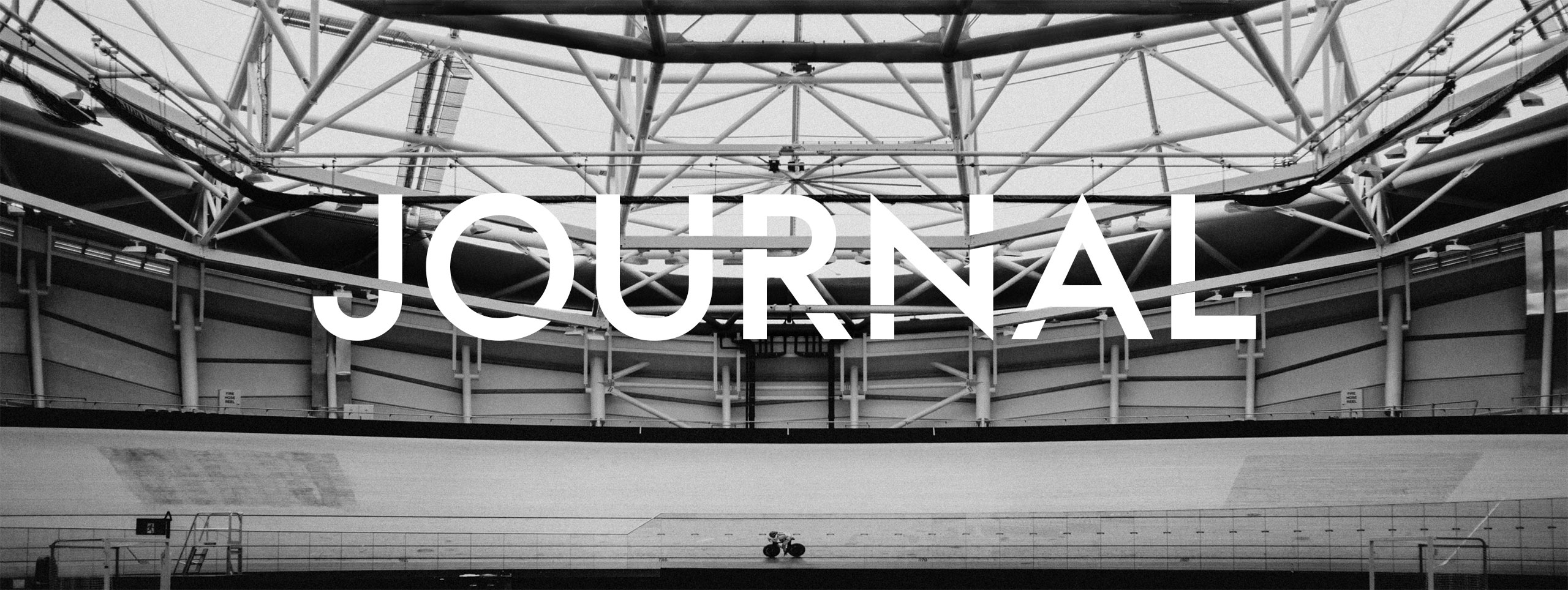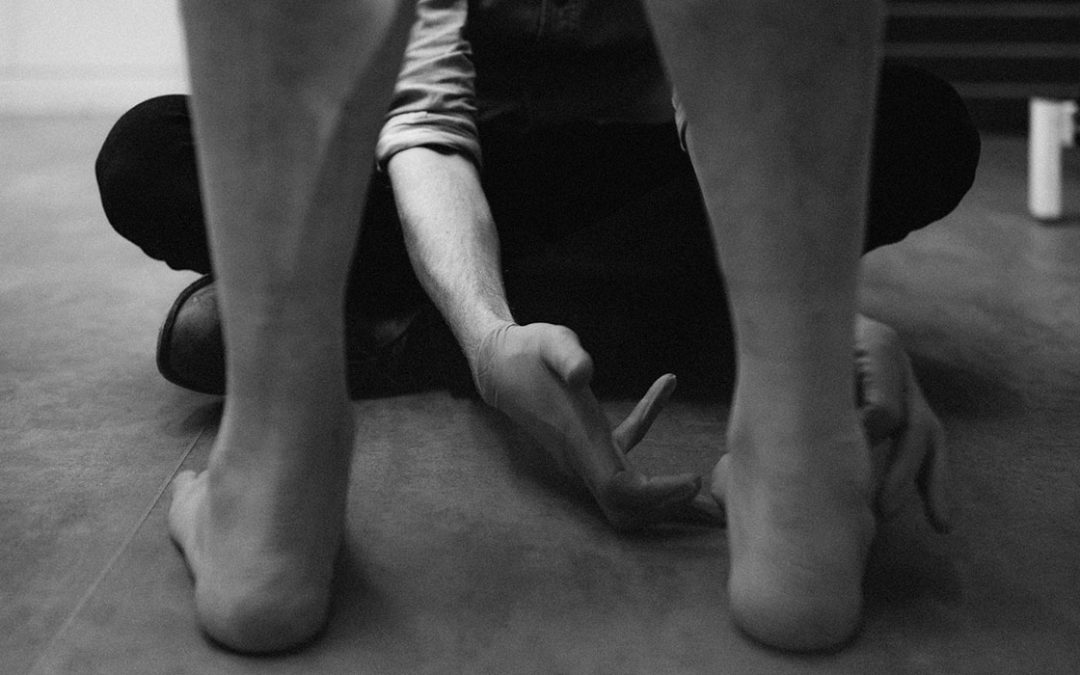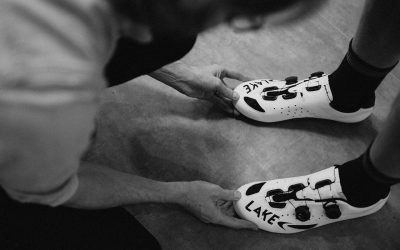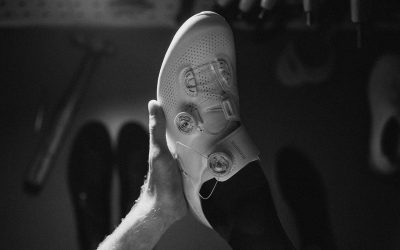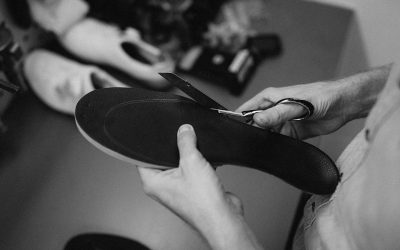When I was at university, I can’t ever recall discussing cycling or any other “fixed foot” sports when it came to foot function. As you can then imagine, I felt totally in the dark when I first started working as a Ski Podiatrist for one of the UK’s biggest skiing retailers. It was a new concept for them too, but I had no template and no-one teaching me. What I did have though was a couple of ski seasons under my belt, a good knowledge of ski boots and how they fitted, patience to think about the foot’s function in a fixed environment and eventually, enough clients to develop the protocol for testing and treatment. Let’s just say that I had an interesting first season.
You might be a little confused as to why I relate cycling to skiing. However, both cycling shoes and ski boots have a rigid sole which means that the feet remain fixed and function in a similar way. Sure, the similarities start to differ from there but none-the-less, their origins are rooted together.
Over the years I’ve had the opportunity to meet and work with a lot of quality bike fitters. I’ve often said that bike fitting is a collaboration of art and science as it’s so much more than just interpreting the numbers. Despite the level and quality of the service though, the one thing I consistently see is a nervousness or simplicity when it comes to assessing the foot. I see this has two reasons. Firstly, the foot is complex and understandably daunting. Secondly though, if the options for “correcting” foot function are limited to those products available to the fitter only there and then (via prefabricated arch supports, heat moulded insoles or wedges), then I totally understand when the box has been ticked and it’s time to move on. However, we are talking about the body’s foundation on the bike. It’s the contact point with the greatest potential to gain or lose power than anywhere else. Simply put, if your house was built on a wobbly surface, would you skip the levelling, compacting and reinforcing of the ground to build the foundation upon first? Or would you just push ahead with the project and figure out the adjustments later? It might well be feasible to make some changes later on but at what cost. Just your time and money of multiple sessions to adjust your bike fit? What if I also mentioned sacrificing comfort and power…
Of the three contact areas on the bike, the foot-shoe-cleat-pedal interface is more than just a mouthful to say. So, let’s first consider the huge number of variables that region can have on face value alone…
- The Foot – No two feet are the same and there’s a low percentage of biomechanically efficient feet in the population. Also, your current foot shape isn’t what you were born with but rather what’s also happened to that same foot over time. Therefore, it’s highly likely that without support, your foot is losing power or rather not maximising its potential power output.
- The Shoe – A shoe can have all the features in the world but if it doesn’t fit your foot, there’s no point having it. Each brand’s USP isn’t just their logo or visual design but how the shoe is built in terms of its width, depth, last as well as its strength on both the upper and the sole. If the shoe doesn’t fit like an extension of your body, then it’s probably not worth the price you paid for it. (Click on the links to read more about my shoe reviews, whether Size… or the Last Matters? or to learn Shoe Fitting 101.
- The Cleat – This topic could well have its own podcast as there are so many possible variations even if we only consider the three most well-known brands. Too much float and the foot can deviate away from the sagittal plane affecting power output (more about that later). Not enough float, then you’re significantly limiting how much your body is allowed to deviate from the sagittal plane. In theory, this might mean more power but at what cost if your body simply can’t handle those restrictions. Remember, there aren’t many biomechanically efficient feet (or bodies for that matter) in the population. And this is all before the cleat’s themselves are fitting properly. Finally,
- The Pedal – This almost needs to be considered as ‘one with the cleat’ since none are compatible with alternative brands. None-the-less, it’s the absolute connection point of foot to the bike so its role is arguably more important than anything else altogether in this region.
Cycling is all about generating force in the sagittal plane. In its most simplified form, the foot moves in line with the ankle, the ankle moves in line with the knee and the knee moves in line with the hip etc. Despite our best intentions, it’s impossible to maintain movement solely within this sagittal axis during each revolution. Our bodies naturally drift into the other planes to compensate for our body’s “deformities”, asymmetries and the available ranges of motion at specific joints.
Let’s just focus our attention for now on the foot and consider the big toe joint as the most important contact point for ideal power production in cycling. Given there is a beginning and end point to each revolution, the greater the foot slides away from the sagittal plane into either the frontal or transverse planes, the longer it will take to generate maximum pressure on the big toe joint before the pull-up phase occurs. This would likely result in submaximal power production and increased pressure on the localised areas that in some cases results in foot pain. Furthermore, the greater the compensations (rotations) that occur as a result of trying to engage the big toe joint, the greater the knock-on effect at those joints above the foot leading to unnecessary body movement on the bike and increased fatigue.
“Fitting the foot first” and truly stabilising the foot is by no means straight forward but it’s the most logical and in the long-term, the most time effective solution that benefits the rider and the bike fitter alike. Over my time working alongside bike fitters in-house, I have seen a shift where the Bike Fitter splits the fitting session in two when they identify a foot type that needs more support than they able to provide in-store. Yes, sending their client to someone like me to create the ideal shoe and orthotic setup will take them longer to complete their total fit. However, they are unlikely to be chasing their tales in future sessions to correct a movement that has its origins in the body’s foundation to the bike.
When I ask my clients for feedback from their cycling orthotics, the one word I hear most often is “connectivity”. To me, this is when I know they are in the sweet spot.
To read more about what differentiates an insole from an orthotic, click here.
Shoe Fitting 101: How to Choose the Best Fitting Cycling Shoes
During my time at university, I went off and did the job that my lecturers suggested I do. I sold shoes in a running shop for my four years at uni and I loved it. I was always inspired by footwear design and for a while, that was where I thought my…
Does Size… I mean “Does the last matter?”
Yes. If you’re uncertain of what a last is, you’ve probably seen one before in a shoe shop window or at an antique fair but it’s the wooden insert that a shoe is traditionally built around. With the current tech of 3D printing, lasts are most often made…
Are Insoles, Footbeds and Foot Orthotics All the Same?
Cycling and skiing are expensive, technical sports. There’s new and “more advanced” kit each year and whilst you don’t generally need to upgrade your kit at the same rate, it’s hard to look past some of it sitting in your “Wish List”. What if I told…
